Lhasa Apso
The Lhasa Apso was bred for hundreds of years by holy men and nobles in Tibet. Considered good luck charms, the Lhasa Apso were treated as sacred and used as watchdogs in monasteries. They were “discovered” in 1933 when the Dalai Lama presented one of the lucky charms to a visiting dignitary.
Not originally from China, there is a debate on whether these dogs came from Africa or Mexico, the Chinese crested were brought over to China in 1530. It was the Chinese who bred them to be smaller, easier to capture rats and vermin.
Lowchen
It is believed this breed originated in Germany, Lowchen means “little lion” in German. They were groomed to look like lions and used as foot warmers for aristocratic ladies. Their popularity grew over three hundred years as the breed spread through most of Europe. Today they are considered hard to come by.
Pharaoh Hound
One of the oldest domesticated dogs, the Pharaoh Hound has been documented as early as 3000 BC. It is thought the Phoenicians brought this breed to Malta, where they were contained for two thousand years and developed into the breed we know today.
Leonberger
A cross between the Saint Bernard, the Newfoundland and the Great Pyrenees, the Leonberger was vigilantly designed in the 1800’s. Carefully engineered by a man in the town of Leonberger, Germany, it has been speculated that this breed was brought about to resemble the lion on the town’s crest.
Saint Bernard
Most dogs are bred for a job, a purpose. The Saint Bernard is no different, however, their job was not hunting or fishing, it was solely for rescue. Crossed between the Tibetan Mastiff, Great Dane, Great Pyrenees and the Greater Swiss Mountain Dog, the Saint Bernard was used by a hospice to aid travelers between the snowy, treacherous pass between Switzerland and Italy.
Boston Terrier
Nicknamed “The little gentleman” due to their sweet demeanor and handsome pseudo tuxedo, are one of the first all American breeds. Contrary to their modern day pacifist nature, the original intent of the Boston Terrier was for pit fighting. Thankfully, they’ve outgrown their fighting attitudes and are content with snuggling.
Tibetan Spaniels
Raised in Buddhist temples, these spaniels would mount themselves on the tall walls and bark at anything that didn’t belong. Along with their watch guard duties, Tibetan Spaniels also turned the prayer wheel for the monks and acted as bed warmers on cold winter nights.
English Toy Spaniel
Not to be confused with the Cavalier King Charles Spaniel (CKCS), the English Toy Spaniel is an offshoot of the CKCS. King Charles II was a fan of the CKCS, and was known for the pack that constantly followed him everywhere. It was decided to cross the CKCS with a pug, and the King Charles Spaniel, or to save confusion—the English Toy Spaniel—was born. They grew in popularity as the CKCS declined in favor.
Basset Hound
Originally from France, the Basset has been rumored to be a cross between dwarf dogs (Runts of the litters) and various hunting dogs. America was introduced to this breed when Lafayette presented General George Washington with several hounds after the American Revolution.


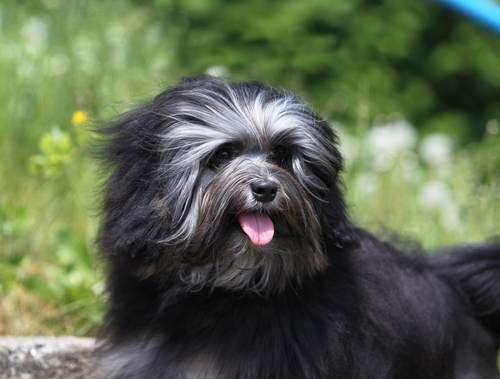


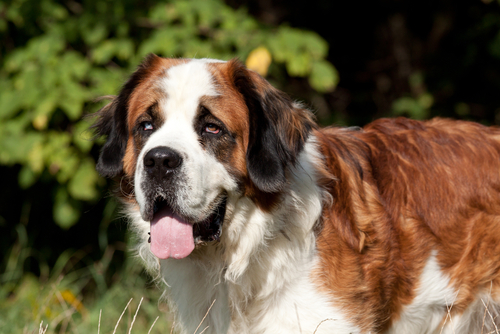
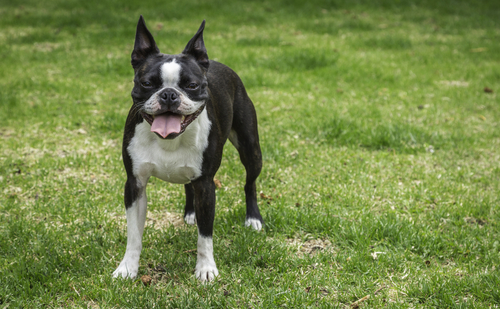
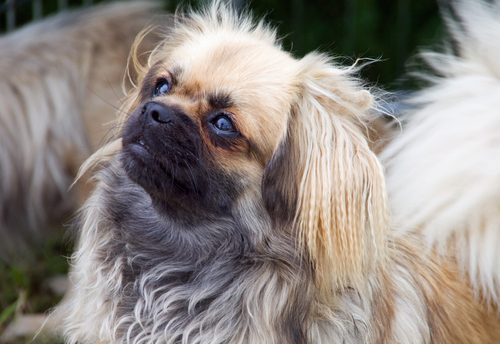
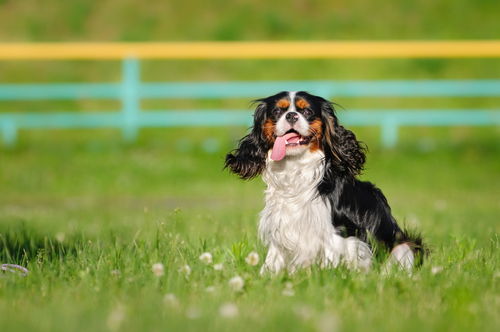
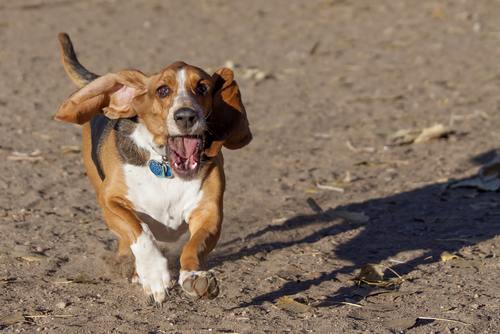
 Toledo, United States.
Toledo, United States.